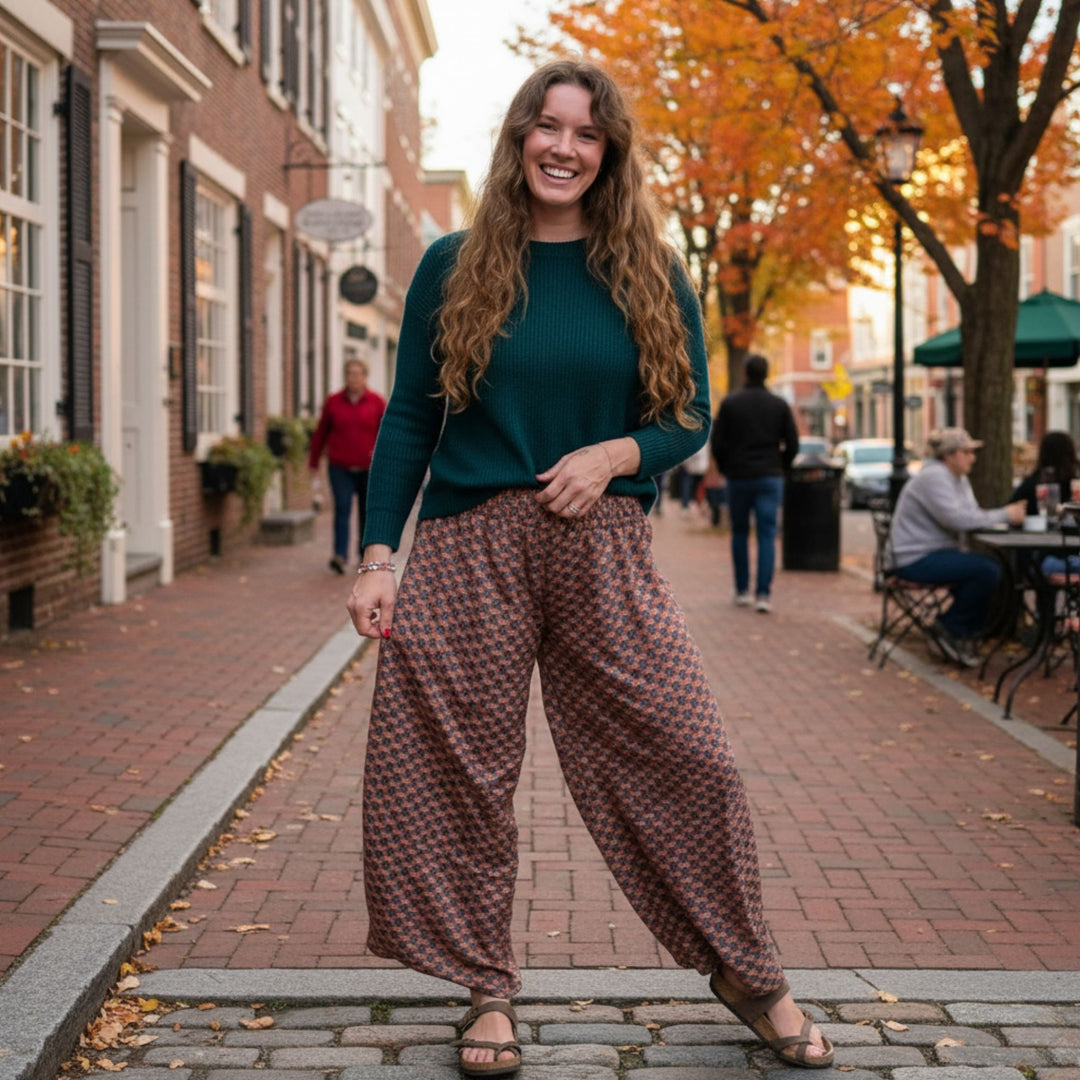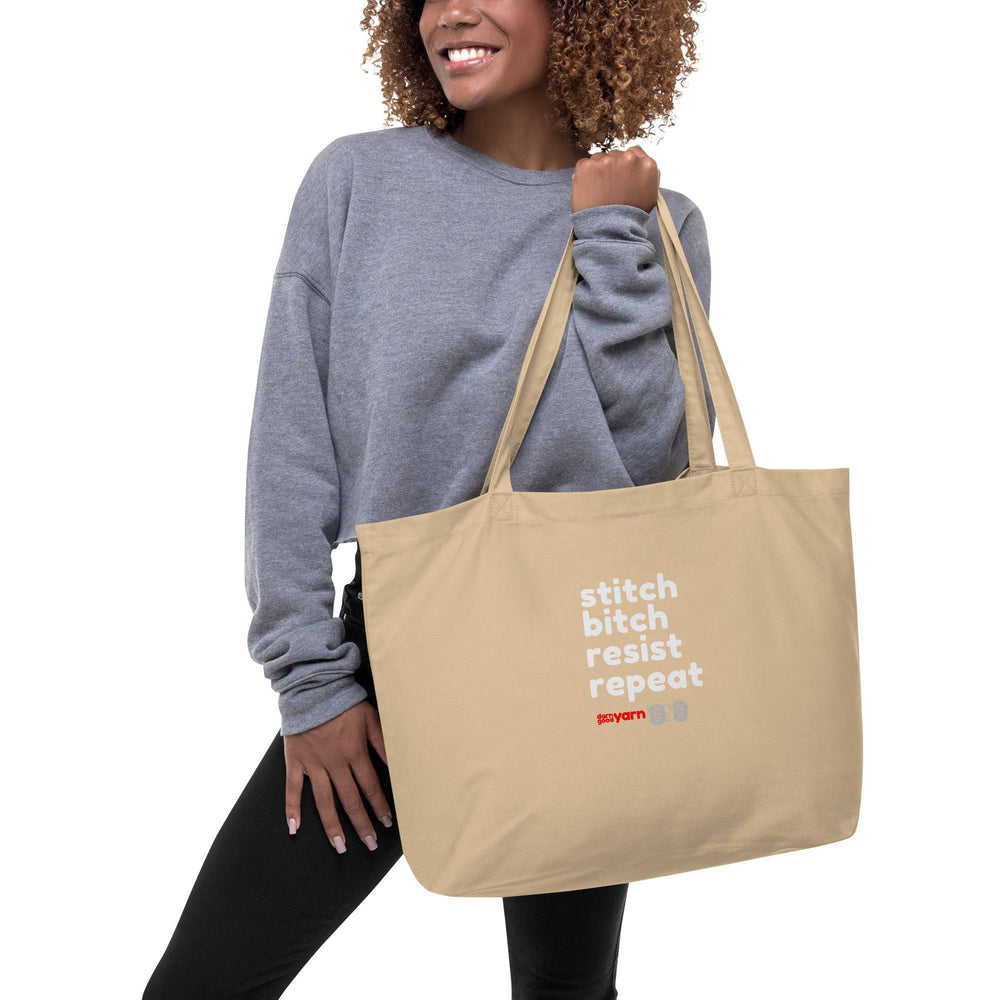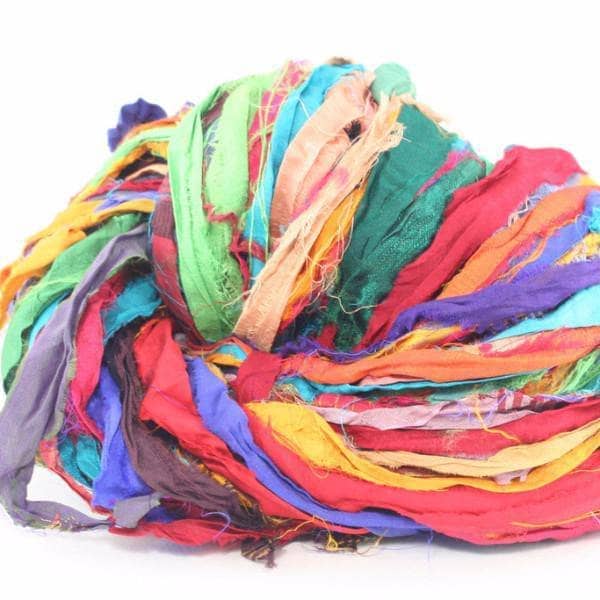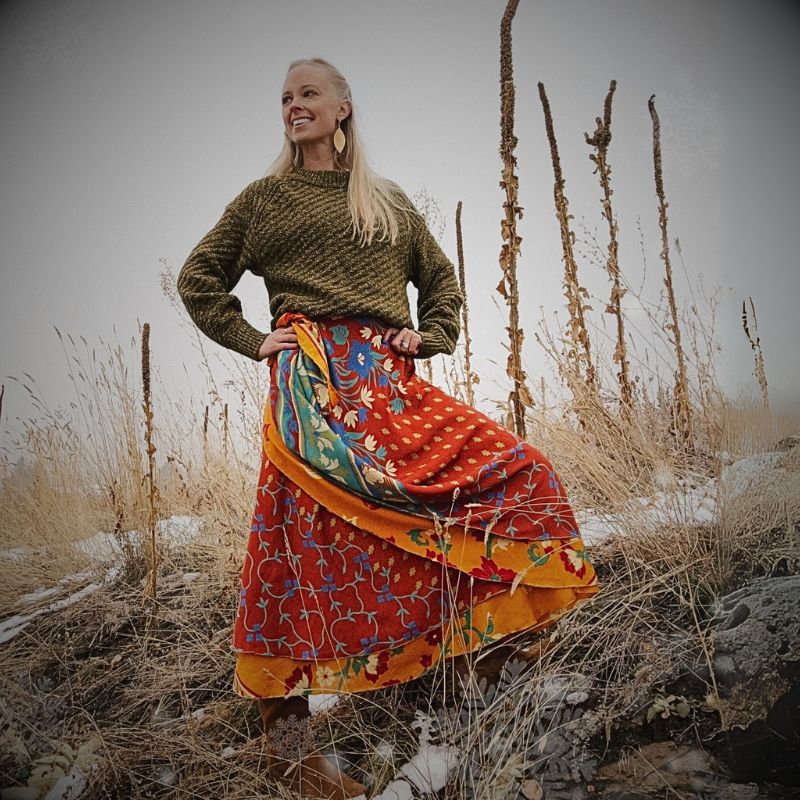Written by Michaela MacBlake Matthews
Sustainability is a complex big-picture question: How are the materials harvested? How Are they processed to become fabrics? How are the workers doing that job accommodated and compensated?
Each fabric has an ecological footprint in some way, but some are notably larger than others. True sustainability is a well-thought-out way of producing the clothes we know, love, and need. It has many moving parts and variables to consider. In this post, we’re going to be giving a simple overview of the basic nuts and bolts behind the sustainability of some of the most common fabrics in the fashion industry.

Is Cotton A Sustainable Fabric?
Cotton comes from natural materials, but the way it’s processed consumes a lot of resources. Particularly, water and pesticides. Organic cotton still uses plenty of water, but naturally has a smaller impact.
However, despite its initial consumption, cotton does break down in a landfill over time, so the worst of its impact is at the beginning of its life cycle. This makes cotton one of the more sustainable options when buying secondhand clothes, particularly when you know they will be worn until they’re eventually discarded. (Less compostable materials may be better directed towards upcycling or craft projects, which will likely get more use before heading back into the earth.)
Is Polyester A Sustainable Fabric?
Sadly, polyester is a pretty big offender when it comes to the environment. Not only is it made from heavy-hitting resources like crude oil, it also releases microplastics into the water system every time it’s washed.
Recycled polyester, on the other hand, is often made from recycled plastic bottles. It still releases microplastics, but at least lengthens the waste cycle in the long term and reduces hard plastic waste.

Is Linen A Sustainable Fabric?
Linen is a plant-based fiber that is sustainable at a glance, but it is often processed by water-retting, which releases waste into the environment. Dew-retting and enzyme-retting are a more eco-friendly approach to creating sustainable linen fabrics, especially when creating organic linen. There is a mechanical footprint from processing linen, and the details of how it’s done are important to the big picture- but ultimately, it is a pretty good option.
Is Wool A Sustainable Fabric?
In short, yes. Wool is one of the most environmentally friendly fabric options, if you don’t mind that it comes from animal fibers. The bulk of wool’s environmental footprint comes from the methane produced by the sheep themselves, which are usually raised on non-arable land.

Are Recycled Fabrics Sustainable?
Someday, we hope that all fabric production will be designed to have minimal to no ecological footprint. In the meantime, though, for as long as textile mills are still running, material seconds are a sustainable option. Recycled materials, like the ones in our Sari Silk Wrap Skirts and Zaria Dresses are saving millions of pounds of material waste from landfills, while creating sustainable employment for our cherished artisans.
Sari Wrap Skirt

Zaria Wrap Dress

As we all strive to educate ourselves on the best ways to live a more eco-friendly lifestyle, the best practice overall is to embrace slow-fashion, and to build a wardrobe of classic staples. The right clothes can last for decades, while still feeling fresh, vibrant, and stylish!
You can sign up for our sms text messages by texting LOVE to 65079
 Rewards
Rewards





















